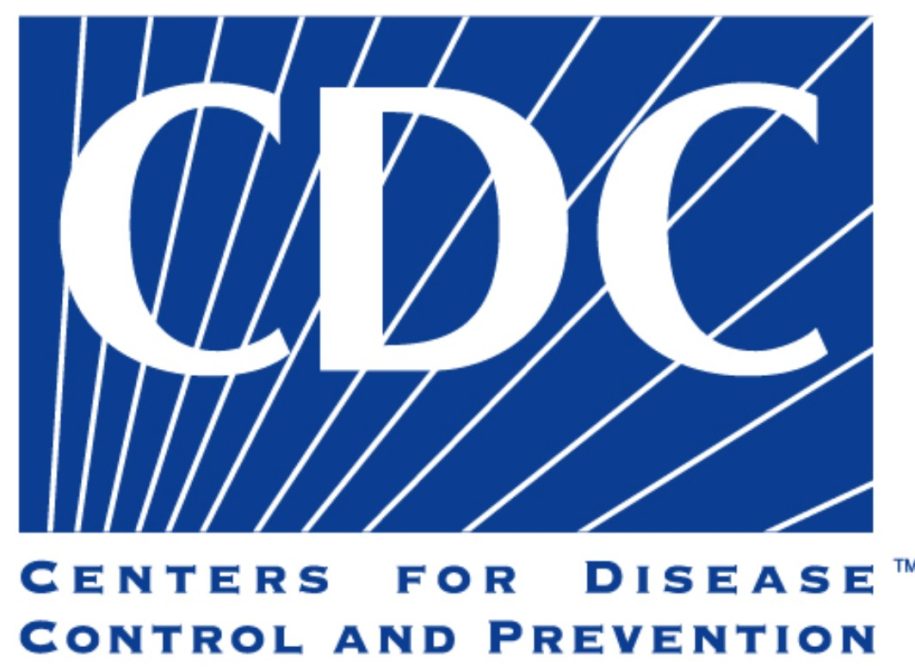The Youth Risk Behavior Survey Data Summary & Trends Report: 2011–2021 provides the most recent surveillance data, as well as 10-year trends, on health behaviors and experiences among high school students in the United States (U.S.) related to adolescent health and well-being. These include sexual behaviors, substance use, suicidal thoughts and behaviors, experiences such as violence and poor mental
health, social determinants of health such as unstable housing, and protective factors such as school connectedness and parental monitoring. We also highlight disparities in these important outcomes by sex, race and ethnicity, sexual identity, and sex of sexual contacts. This report is developed by the Centers for Disease Control and Prevention’s (CDC) Division of Adolescent and School Health (DASH) to highlight the national Youth Risk Behavior Survey (YRBS) data collected every two years among a nationally representative sample of U.S. high school students. DASH’s vision is one where young people in the U.S. have the knowledge, skills, and resources for healthy adolescence and adulthood. To work toward this vision, DASH:
• Maintains high-quality surveillance systems.
• Conducts and translates scientific research on what works to help youth.
• Supports school districts in implementing quality health education, establishing systems that connect
students to needed services, and creating safer and more supportive school environments.
KEY FINDINGS ON TRENDS FROM 2011 TO 2021
As we have seen in our previous reports, several areas of adolescent health and well-being are continuing to improve overall, including risky sexual behavior (i.e., ever and current sexual activity and having four or more lifetime sexual partners) and substance use (i.e., ever used select illicit drugs, ever misused prescription opioids, current alcohol use, and current marijuana use). We also saw a decrease in the
proportion of youth who were bullied at school. Several experiences of violence are increasing, especially for certain groups of youth. These data show increases in the proportion of youth who did not go to school because of safety concerns, increases among female students experiencing sexual violence by anyone and being forced to have sex, and increases among male students experiencing electronic bullying.

